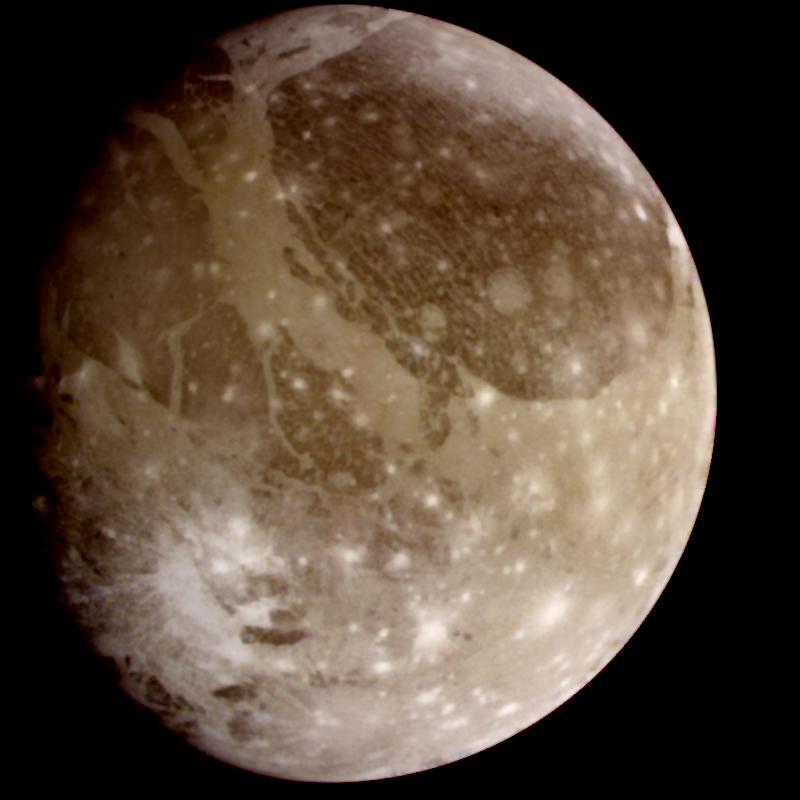20-Year-Old Data Sheds New Light On Jupiter's Largest Moon
Posted on Categories Discover Magazine

Jupiter’s moon, Ganymede, is colossal. It’s bigger than Mercury or Pluto and boasts bright auroras, along with a unique magnetic field. Much of what we know about the moon comes from the Galileo spacecraft’s flybys of Ganymede in the 1990s. But a lot of information from the NASA mission has yet to be published.
A magnetosphere, or the area where a planetary body’s magnetic field is dominant, is common for planets, but it’s extremely rare for moons. So scientists were bewildered to find one at Ganymede in 1996. No other known moon had a magnetic shield like it. Originally, astronomers thought the magnetosphere could be created by Ganymede’s molten iron core.
Old Data, New Findings
However, NASA researcher Glyn Collinson scoured old Galileo data and discovered new new insights on Ganymede’s unusual magnetic field. The shape of most magnetospheres is determined by pressure from the oncoming solar wind, but in Ganymede’s case it comes from plasma from Jupiter. His research was published on April 30th in Geophysical Research Letters.
Equipment onboard Galileo, called the Plasma Subsystem (PLS), was used to measure the density, temperature and direction of plasma coming from the planet. The PLS data showed that the unique magnetosphere was instead created by plasma traveling around the Jovian system. The effect caused by plasma is shown in the shape of Ganymede’s magnetic sphere, which has a small horn-shaped disfigurement that follows the direction of the orbit of the moon.
The old data don’t only explain the magnetosphere, either. Ganymede’s auroras, which are similar to Earth’s southern and northern lights, are distinguishable because of their brightness. Thanks to the new data, we now know that Ganymede’s auroras are caused by plasma particles floating around the Jovian system. That’s different from here on Earth, where the southern and northern lights are caused by incoming solar particles.
Collinson’s study shows that more research on Ganymede and its surrounding moons still needs to take place. Especially with the jumble of information from Galileo, there is much more to find out from the Jovian system. In 2022, the European Space Agency plans to launch a spacecraft to further examine Jupiter’s moons. The Jupiter Icy Moons Explorer (JUICE) will visit Europa, Callisto and Ganymede in the 2030s.
Ganymede’s lingering secrets are proof of how much we don’t know; it shows information can be hiding right under researchers’ noses. It also raises questions about what other information may be hidden right in plain sight.